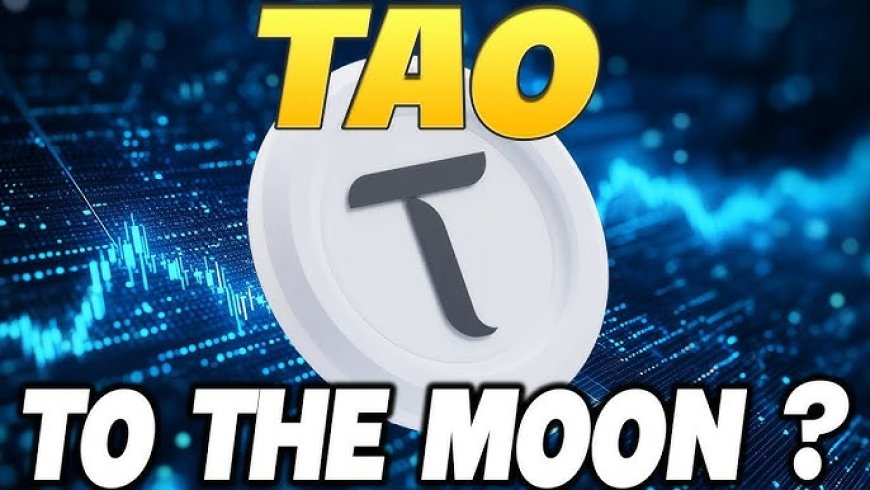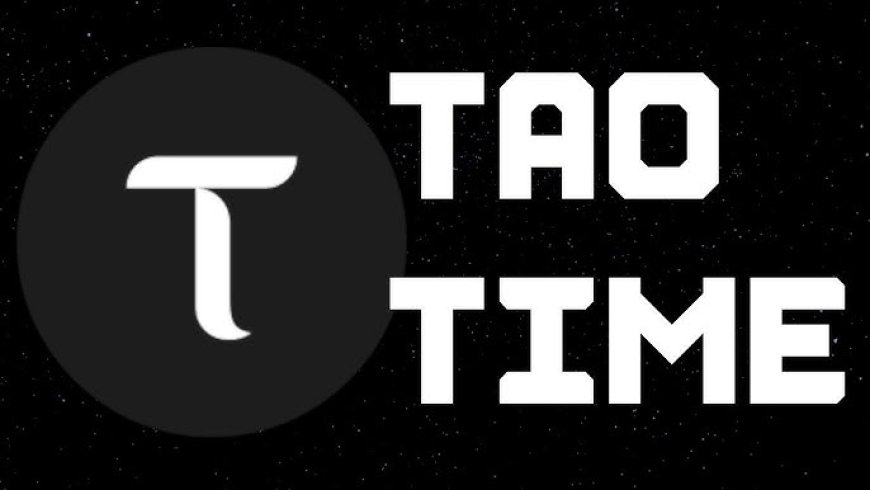Revolutionizing Subnet Validation and Emission Allocation in Blockchain Networks
In the ever-evolving landscape of blockchain technology, innovation continues to reshape the foundational structures of how networks operate. One of the most significant areas of development is the concept of subnet validation and emission allocation—two critical components in maintaining decentralized systems. As blockchain networks scale, new tools and mechanisms are emerging to address the challenges posed by traditional validation methods and emission distribution processes. This article dives deep into how emerging concepts like Detto, subnets without validators, and GPU-based validation systems could reshape the future of blockchain protocols.

Detto: A New Emission Allocation Model
Blockchain protocols have long relied on a core group of validators to decide how emissions—essentially the rewards distributed to participants—are allocated across different subnets. Historically, validators have played a crucial role in ensuring the smooth operation of these networks, with networks like Ethereum and Bitcoin depending heavily on them for consensus. However, as the number of subnets increases, relying on validators to handle emissions efficiently becomes unsustainable.
The Detto model offers a promising solution. Instead of relying on a set number of validators to allocate emissions, Detto introduces a market-based approach, where token holders can express their preferences by voting with their capital. This means that rather than emissions being predetermined by a select few validators, the network can adjust dynamically based on the level of support each subnet receives from token holders. The more people back a particular subnet, the more it thrives. This creates a market-driven ecosystem where subnets must "compete" for capital to grow.
Detto's evolution is a significant leap from root network-based emission allocation to a system where individuals directly influence the distribution process. It encourages innovation within subnets by rewarding those that attract the most attention and investment.
Subnets Without Validators: A Bold New Frontier
A fascinating concept that has emerged from this ongoing evolution is the idea of subnets without validators. Typically, validators are responsible for maintaining the security and integrity of blockchain networks. They verify transactions, ensure consensus, and allocate resources. But what if we could remove validators from the equation altogether?
Subnets without validators can fit into existing systems by leveraging neurons to produce digital goods, which are then submitted to off-chain workers for verification. These off-chain workers verify the digital goods using cryptographic signatures or other secure verification methods. This experimental idea not only reduces the complexity of managing thousands of networks but also opens the door for subnet owners to take full control of their bandwidth and monetization strategies.
By allowing subnet owners to oversee monetization, this system fosters a more egalitarian approach. Moreover, it could solve scalability problems, as subnets could operate independently without being bottlenecked by validator performance. In this model, decentralized oracles could be used to verify data without relying on centralized entities, addressing the trust issues that might arise.
Scaling Validator Operations: GPU Allocation and Compute Hord
As blockchain networks grow, the demand for high-performance hardware to validate transactions has skyrocketed. Some subnets require expensive hardware like A100 GPUs to function optimally, which not all validators are willing or able to provide. This has created a bottleneck in innovation, as subnets with ambitious goals struggle to attract the necessary hardware resources.
To tackle this issue, an exciting approach is to allow validators to run a constant number of GPUs across multiple subnets, regardless of how many they validate. The Compute Hord system offloads GPU-intensive tasks, making the validation process more efficient. Cross-validation ensures no cheating occurs by having validators run local tests to compare results from the external Compute Hord. This creates a secure and transparent validation process while ensuring that subnets continue to receive the resources they need.
In case of outages in Compute Hord, validators can switch to other GPU providers like Runpod, Fast AI, or AWS. This flexibility ensures that subnets can maintain continuous operations even if one compute provider goes down. Furthermore, validators have dockerized their miner scoring systems, meaning their setups can run on any capable GPU, which greatly enhances scalability and efficiency.

Ensuring Consistency Across Different Hardware
One of the challenges of scaling validator operations is ensuring consistency in outputs when using different hardware types. Cross-validation is critical, but running it on different GPUs can lead to discrepancies due to differences in optimization and precision. The solution lies in adopting a standardized approach where all validators use the same hardware and algorithms. This not only ensures consistency but also enhances collaboration among validators, as the system rewards those who adhere to these standards.
Validators are incentivized to continuously improve their hardware to maintain high-performance levels. By offering a wide range of hardware types, blockchain networks can meet the diverse needs of different subnets. Validators act like virtual data centers, managing resources to keep the network functioning smoothly.
Overcoming Latency and Network Issues
Latency and network speeds can impact validation times, especially when validators and miners are located on opposite sides of the world. Although latency differences are usually minimal, sometimes just a few hundred milliseconds, they can still affect the user experience. To mitigate these issues, validators can leverage Compute Hord to process queries faster, especially when the miner is closer to the compute hub than the validator itself.
Another innovative solution in development is the use of child keys. These child keys reduce the need for a single entity to manage all subnet codes, alleviating some of the operational pressures. As this technology matures, it could become an essential tool in improving the efficiency of subnet management.
Addressing Future Hardware Requirements
As subnets continue to evolve, they will require more than just powerful GPUs. Some subnets may need higher memory capacities, faster network speeds, or larger hard drive space. To meet these demands, validators will need to provide a diverse range of hardware. Miners will be incentivized to offer the specific resources each subnet requires, ensuring the blockchain network remains scalable and efficient.
Early adopters of these new systems stand to benefit the most. However, even those who join later will still receive rewards for participating in the network. As the blockchain ecosystem expands, validators will increasingly run virtualized environments that cater to the unique needs of different subnets.
Conclusion: A Collaborative Future for Subnets and Validators
While there are still challenges to overcome, the ongoing optimizations in validator operations and the emergence of new models like subnets without validators present exciting opportunities for the future of blockchain networks. By adopting market-based emission allocation models like Detto, leveraging GPU-powered validation, and exploring new ways to ensure consistency across hardware, blockchain protocols can continue to scale efficiently.
The collaboration between miners, validators, and subnet owners will be critical in pushing these systems forward. As new tools like child keys and dockerized validators are developed, the process of managing subnets will become faster, more cost-effective, and increasingly decentralized. The future of blockchain validation and emission allocation is bright, and these innovations are only the beginning.
Source : @Opentensor Foundation















